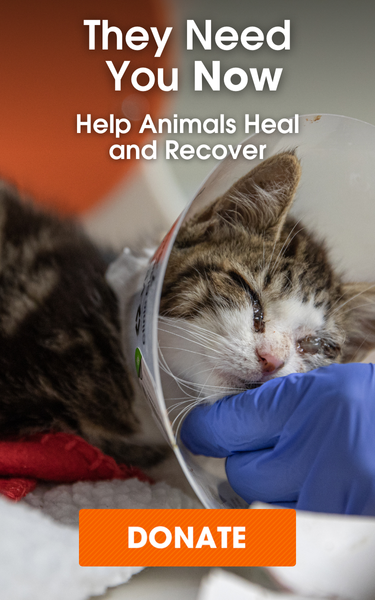
Do You Know Which Flowers and Plants are Toxic to Pets? Our Experts Explain!

This page contains links that lead to aspca.org/chewy. If you purchase any items through the affiliate links on that page, the ASPCA may receive a commission of 8% of your purchase at no additional cost to you. Thank you for your support!
Flowers and plants can be lovely additions to household decor or thoughtful gifts, but they can also be items of interest for curious pets. Pets often explore new plants in their environment by sniffing, chewing, licking and eating them. For this reason, it’s very important to ensure that the plants and flowers that your pet has access to are non-toxic and unlikely to cause harm if they are inadvertently ingested. There are many plants that can cause significant concerns if ingested, but the following are a few that are particularly important to be aware of.
Disclaimer: Any plant can cause mild stomach upset when ingested by pets, but the toxic plants listed below are those that can cause significant, potentially life-threatening consequences.
Toxic Plants:
Lilies: Lilies from the Lilium or Hemerocallis species can be lethal to cats. To avoid injury or illness, keep these flowers out of your home and carefully research any bouquets that may have lilies hiding in the assortments. Even small exposures to pollen from these flowers can cause kidney failure or even death in cats.
The following are a few common and botanical names of toxic lily plants:
- Easter Lily (Lilium longiflorum)
- Japanese Lily (Lillium speciosum)
- Oriental Lily Hybrids (Lilium spp.)
- Stargazer Lily (Lilium orientalis ‘Stargazer’)
- Casa Blanca Lily (Lilium orientalis ‘Casa Blanca’)
- Tiger Lily (Lilium lancifolium)
- Daylilies (Hemerocallis spp.)
Sago Palms (Cycas revoluta): Sago palms are common household and landscaping plants that unfortunately carry very serious consequences to dogs and cats with even small exposures. Primary concerns with ingestion include severe stomach upset, liver damage, low blood sugar and bleeding issues, which can progress to seizures and death. All parts of the plant are toxic, with the seeds being most concentrated and dangerous.
Tulips (Tulipa spp.): Tulips and tulip bulbs are toxic to dogs, cats and horses. They can cause significant stomach upset, depression and possible intestinal obstructions if large bulbs are ingested.
Oleander (Nerium oleander): Oleander are beautiful flowering shrubs often used in landscaping, but for dogs, cats and horses, they carry the risk of causing serious heart problems — including arrythmias and low blood pressure — when ingested, which can be life threatening. Symptoms can be delayed after exposure and stomach upset – including vomiting, diarrhea and pain – is often seen prior to abnormalities with heart function.
Autumn Crocus (Colchicum autumnale): Autumn crocuses are often mistaken as other types of crocuses, but the autumn crocus is important to differentiate as it’s extremely toxic to dogs, cats and horses with even small ingestions. Toxicity from the autumn crocus can cause severe stomach upset, heart problems (arrythmias, low blood pressure), liver failure, kidney failure and issues with abnormal bleeding and bone marrow function.
Non-Toxic Flowers and Plants:
Flowers
Roses – Rosa spp.
Sunflowers – Helianthus spp.
Zinnia – Zinnia elegans
Gerber Daisy – Gerbera spp.
Snapdragons – Antirrhinum spp.
Orchids – Orchidaceae
Asters – Symphyotrichum spp.
Statice – Limonium spp.
Freesia – Freesia spp.
Wax Flower – Chamelaucium spp.
Safe Plants
Petunia – Petunia spp.
African Violet – Streptocarpus sect. Saintpaulia
Easter Cactus - Rhipsalidopsis gaertneri
Hens and Chicks - Sempervivum tectorum
Friendship Plant - Pilea involucrata
Boston Fern - Nephrolepis exaltata
Spider Plant - Chlorophytum comosum
Zebra Haworthia - Haworthiopsis attenuate
For more information and resources on toxic and non-toxic plants, see the ASPCA Animal Poison Control Center’s full list of poisonous plants.
If you have any reason to suspect your pet has ingested something toxic, please contact your veterinarian or the ASPCA Animal Poison Control Center’s 24-hour hotline at (888) 426-4435.
